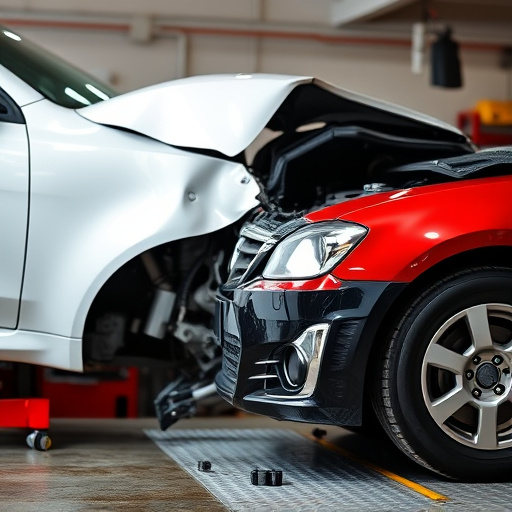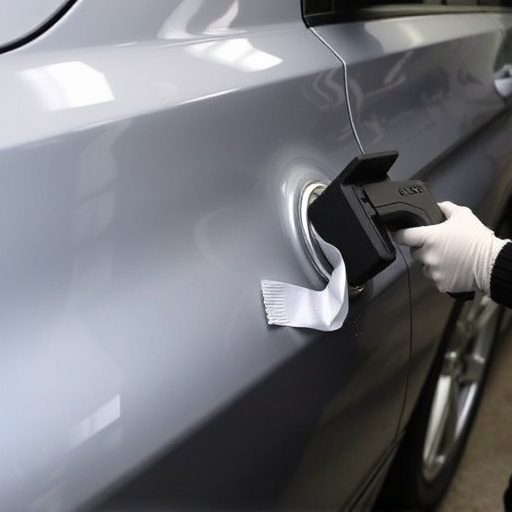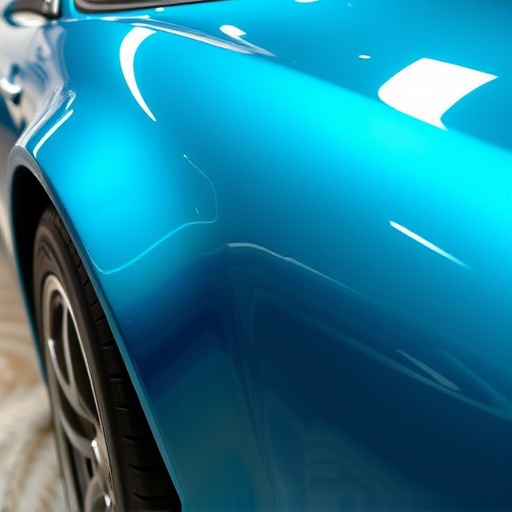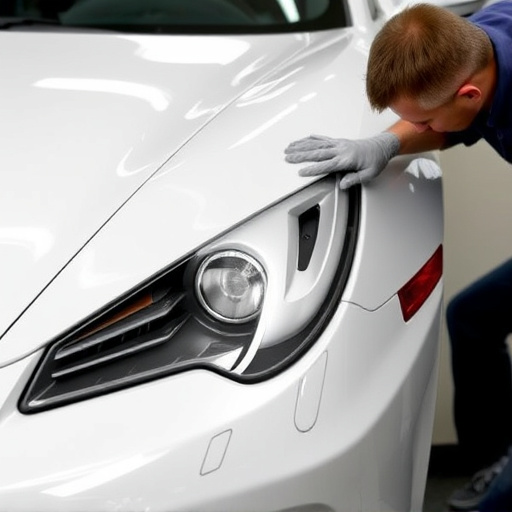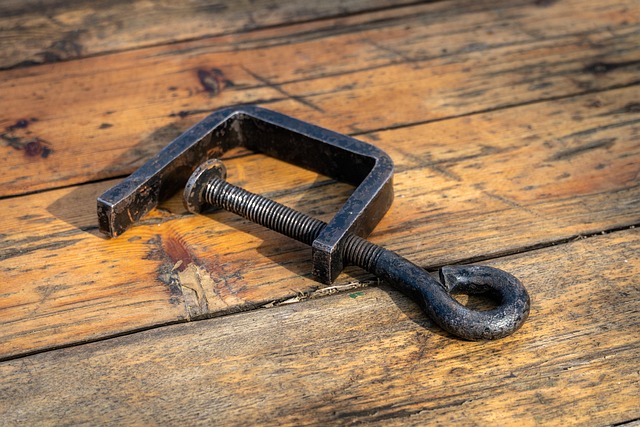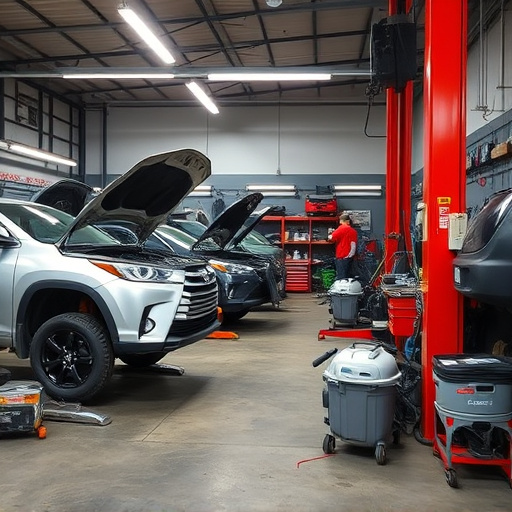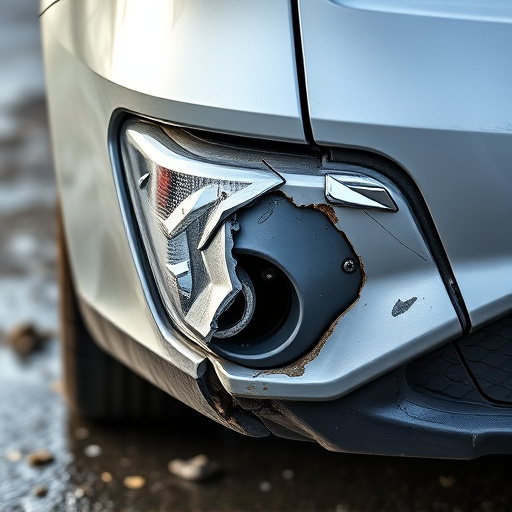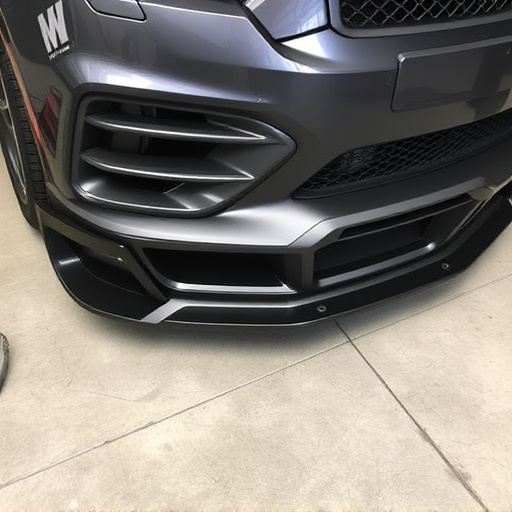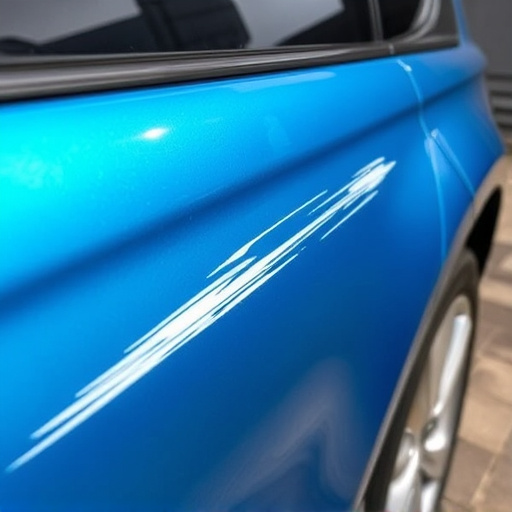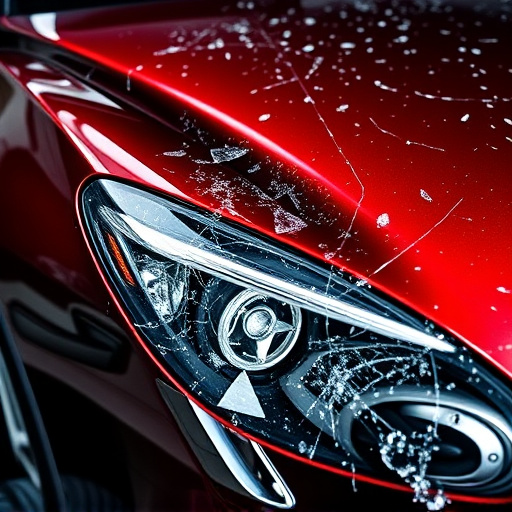Green auto body shops prioritize sustainability by achieving LEED certification, adhering to strict environmental standards from facility design to material selection and waste management. They use energy-efficient technologies, recycle auto parts, and employ advanced techniques like paintless dent repair to minimize their ecological footprint while offering high-quality car damage repairs and classic car restoration services.
“Discover how green auto body shops are redefining the automotive industry with their commitment to sustainability. This article explores the journey towards LEED certification, a benchmark for eco-friendly practices. We’ll delve into the stringent requirements and strategies these shops employ, from energy-efficient design to responsible waste management. By examining real-world case studies, we uncover best practices that not only achieve LEED status but also set new standards for environmental stewardship in the auto body sector.”
- Understanding LEED Certification Requirements for Green Auto Body Shops
- Implementing Sustainable Practices: From Design to Disposal
- Achieving Excellence: Case Studies of Successful LEED Certified Auto Body Shops
Understanding LEED Certification Requirements for Green Auto Body Shops
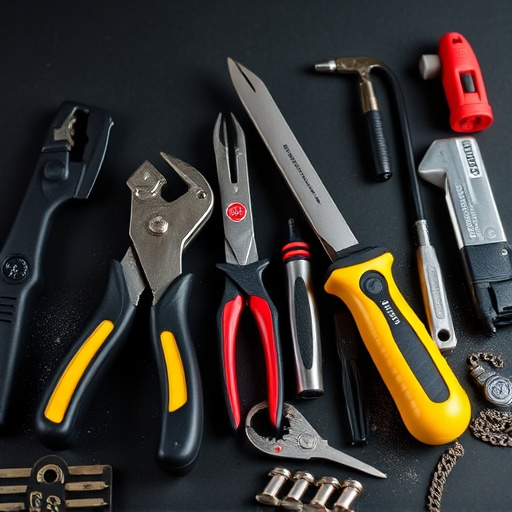
LEED (Leadership in Energy and Environmental Design) certification is a widely recognized mark of excellence for sustainable building practices. For a green auto body shop, achieving this certification involves adhering to stringent environmental standards set by the U.S. Green Building Council. These requirements encompass various aspects of the business, from facility design and construction to operations and waste management. A key focus area is material selection, ensuring low-VOC (volatile organic compound) paints and environmentally friendly products are used in vehicle restoration and paintless dent repair processes. Additionally, efficient water usage, proper disposal of hazardous materials, and implementing energy-saving technologies like LED lighting and solar panels are essential to meet LEED criteria for car repair services.
Implementing Sustainable Practices: From Design to Disposal
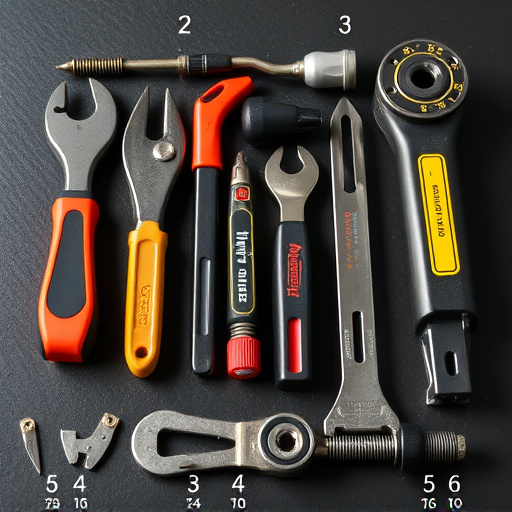
A green auto body shop doesn’t just stop at using eco-friendly materials; it integrates sustainability throughout its operations. From the initial design phase to final disposal, every step is carefully planned to minimize environmental impact. For instance, a well-designed shop might feature energy-efficient lighting and HVAC systems, optimized for reduced energy consumption. They utilize natural ventilation and daylight whenever possible, further decreasing their carbon footprint.
The process extends to waste management, where the shop encourages recycling and proper disposal of auto parts and materials like old tires, batteries, and even paint (using water-based or low-VOC paints for eco-friendly collision center services). In addition to these sustainable practices, the shop might offer advanced techniques such as paintless dent repair and auto glass repair, reducing the need for traditional, more harmful methods.
Achieving Excellence: Case Studies of Successful LEED Certified Auto Body Shops
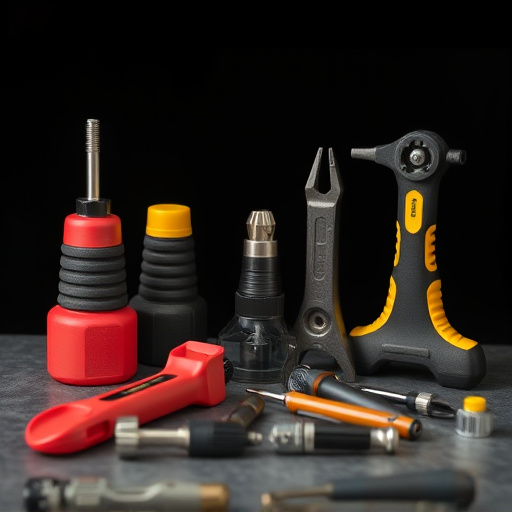
In the realm of sustainability, a green auto body shop stands as a beacon of environmental stewardship, showcasing what’s possible when automotive repair and innovation converge with eco-conscious practices. Case studies of successful LEED certified auto body shops paint a compelling picture. These facilities don’t just meet industry standards; they exceed them, demonstrating that achieving excellence in car damage repair and classic car restoration can go hand in hand with minimizing environmental impact.
Through strategic implementation of energy-efficient technologies, water conservation measures, and the use of eco-friendly materials, these green auto body shops have redefined what’s possible. From sustainable auto painting practices that reduce volatile organic compounds (VOCs) to comprehensive recycling programs for scrap materials, each step towards LEED certification tells a story of dedication and innovation. These pioneers not only contribute to a cleaner, healthier environment but also foster a new era in the automotive industry where style, quality, and sustainability seamlessly integrate, ensuring a brighter future for both cars and the planet.
A green auto body shop isn’t just about aesthetics; it’s a commitment to sustainability and environmental responsibility. By understanding and adhering to LEED certification requirements, implementing sustainable practices from design to disposal, and learning from successful case studies, these shops can significantly reduce their ecological footprint while setting an example for the industry. This not only benefits the planet but also fosters a reputation for excellence among eco-conscious customers.
